Product code: N/A
PCM4.3 Motion Control Host Communication Module
📣Model Number:PCM4.3
🌍Country of origin: USA France Germany Estonia Norway UK
⌚Delivery date: in stock
🛠After-sales service: brand new with one year warranty
⚙️ Product Category: Module/Controller/Server/Motor/Touch Screen
🕰Warranty: 12 months/365 days
☎️ Please contact me: 15359029662 Ms. Amy Sun
📎Chinese official website: www.dcsplcabb.com
📩Email: geabbamy@gmail.com
💬Whatsapp: +86 15359029662
Detailed content
PCM4.3
The PCM4.3 offers higher performance, Ethernet I/O processors that include distributed control functions, multi-protocol support, and two switched Ethernet network interfaces. Because the SNAP-PAC-EB1 and -EB2 brains have the same feature set (except for the SNAP-PAC-EB1, which provides distributed high-speed digital I/O functionality), choosing an I/O processor is much simpler. In addition, the ability to “daisy-chain” SNAP PAC brains on an Ethernet network greatly reduces the cost and complexity of running multiple Ethernet switches and long lengths of star-configured cable. It includes an integrated addressing jack with inputs for mechanical contacts or 2-, 3- and 4-wire sensors. The electronic outputs can be collectively loaded with 24 VDC and 0.5 A per output. LEDs on the top of the module indicate the current switching status of each channel.
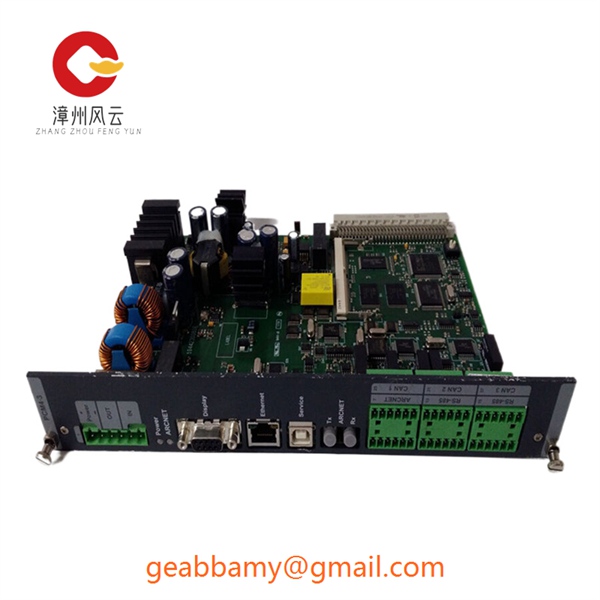
PCM4.3 allows SNAP PAC system users to create multiple transparent connections to exchange data between their PACs and corporate databases.OptoDataLink provides SNAP PAC system users with a cost-effective and flexible option for exchanging data between SNAP PAC systems and some of the most widely-used corporate databases without having to proxy the data through a third-party HMI. HMIs to proxy data. Each network has up to 62 nodes with 4 inputs and 4 outputs. The “Combined Transaction” feature allows the transmission of fast analogue signals and dedicated high-speed communication profiles to update analogue data at full network speed. Among other benefits, it is now possible to define “configuration channels” between I/O devices and gateways, making it easy to configure and use complex devices on the AS-Interface.



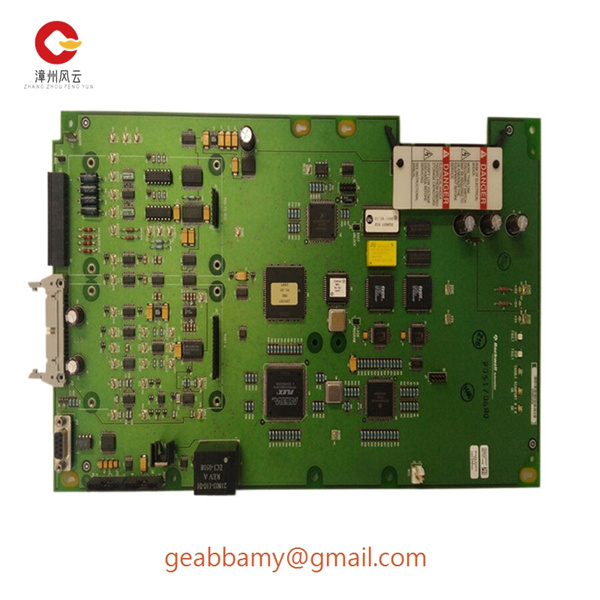
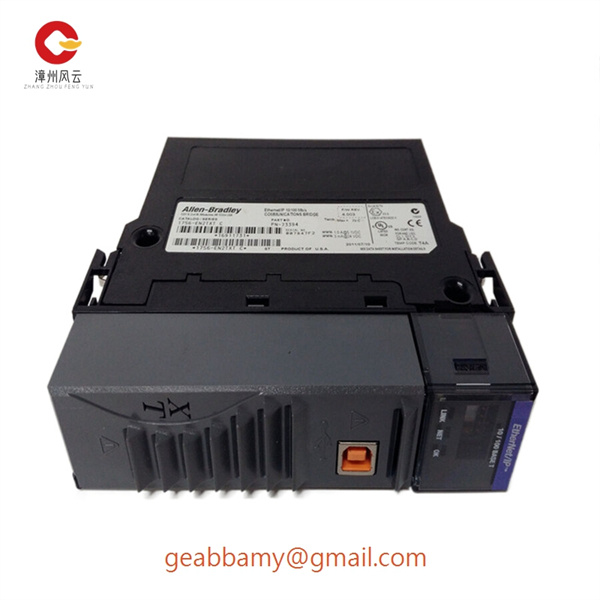
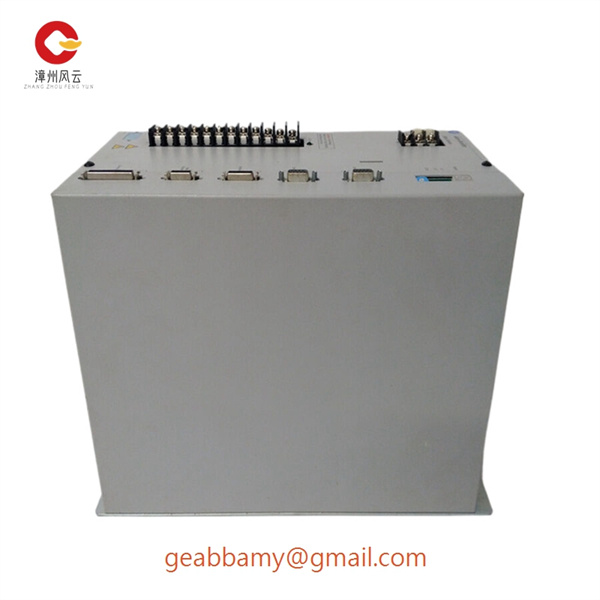
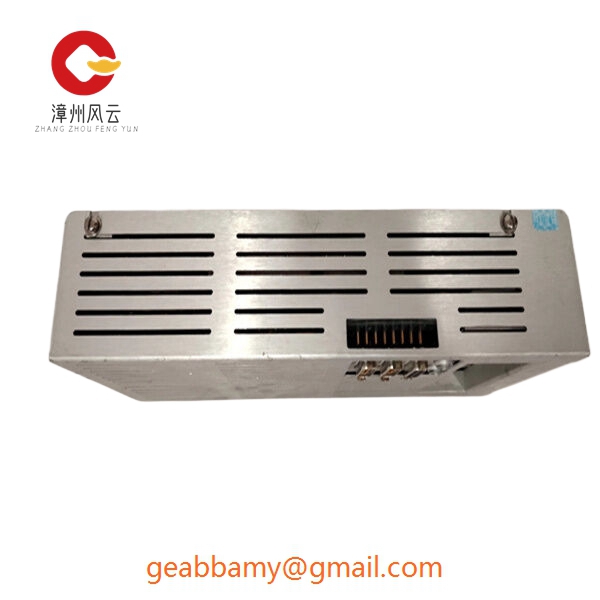
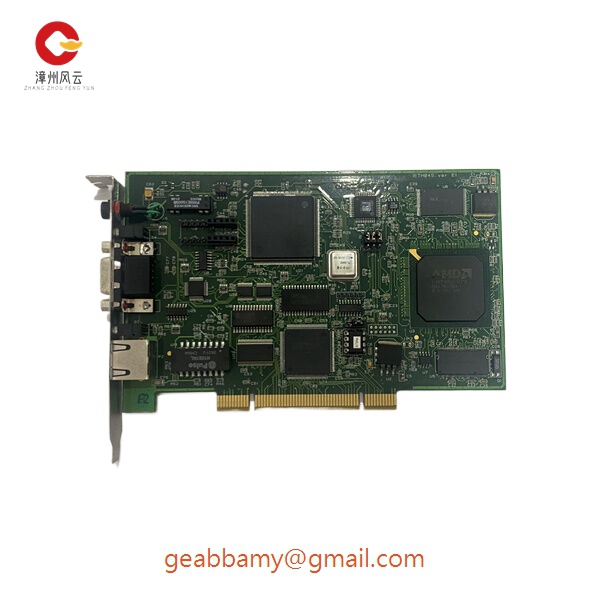
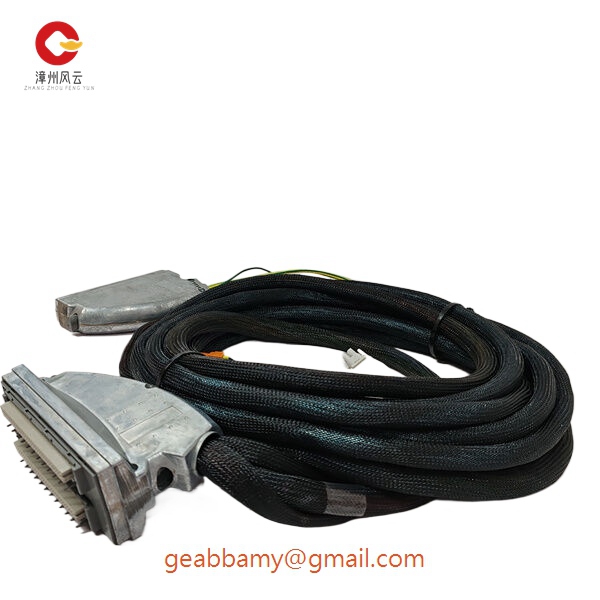
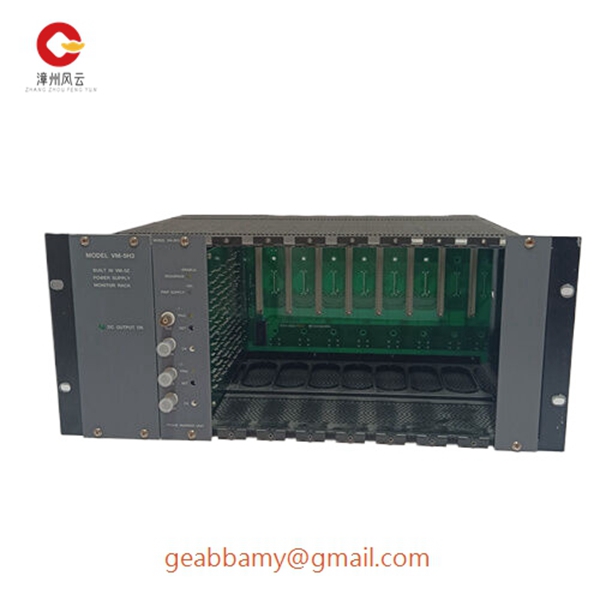
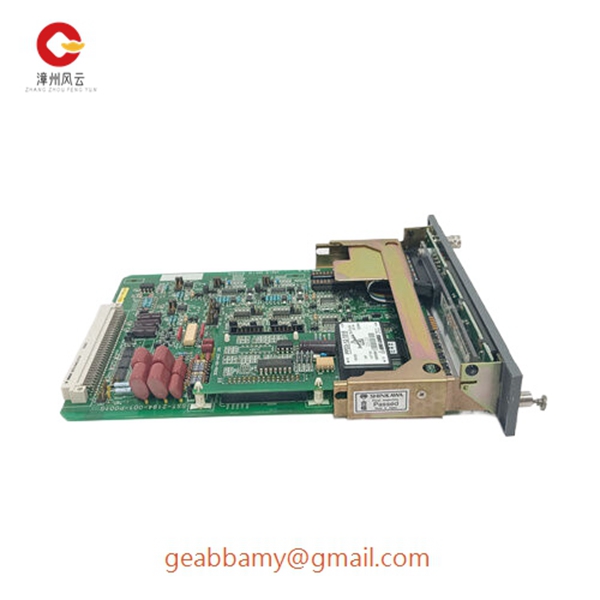
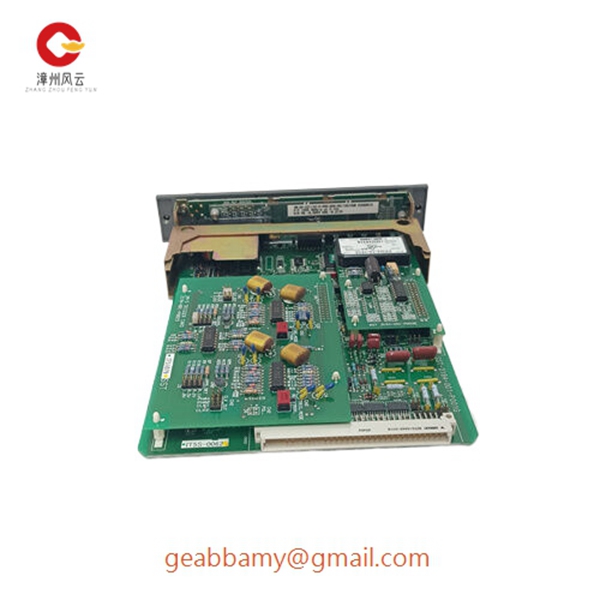
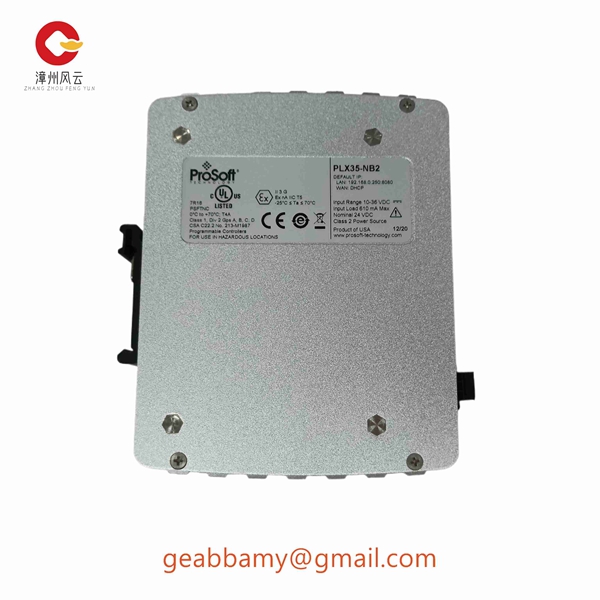
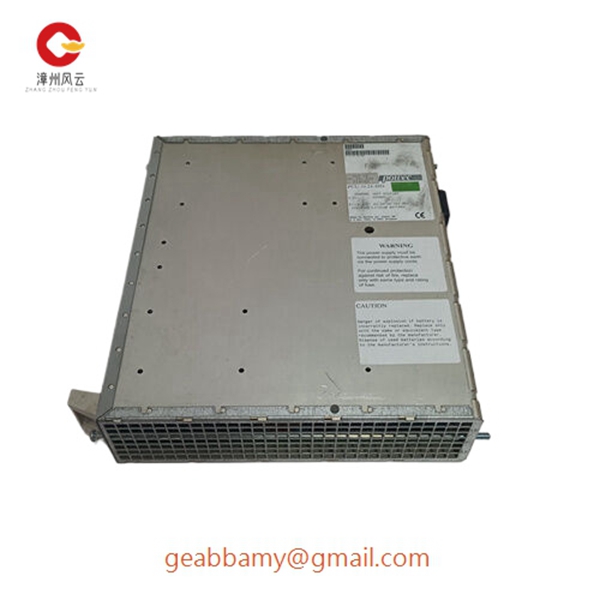
_副本.jpg)

